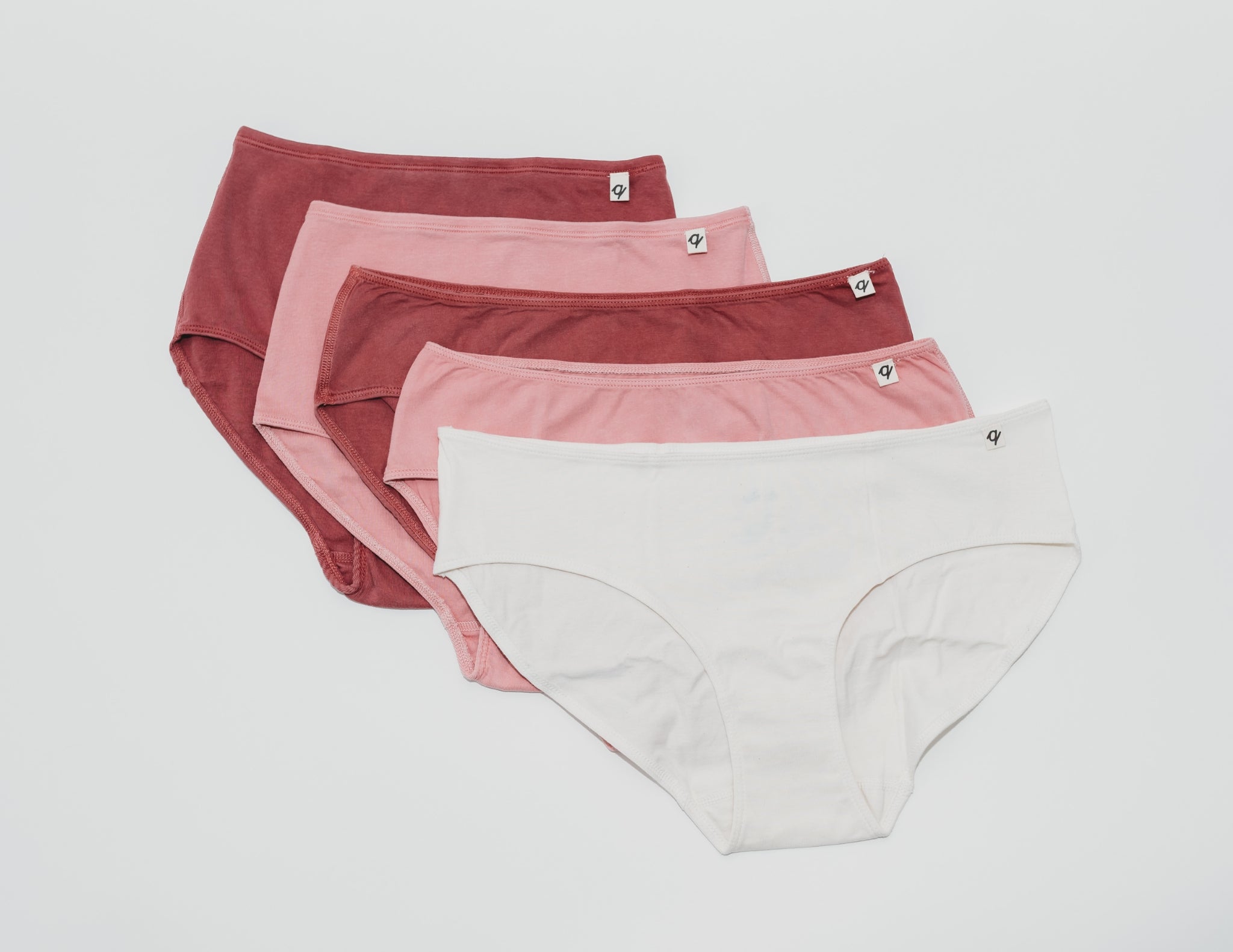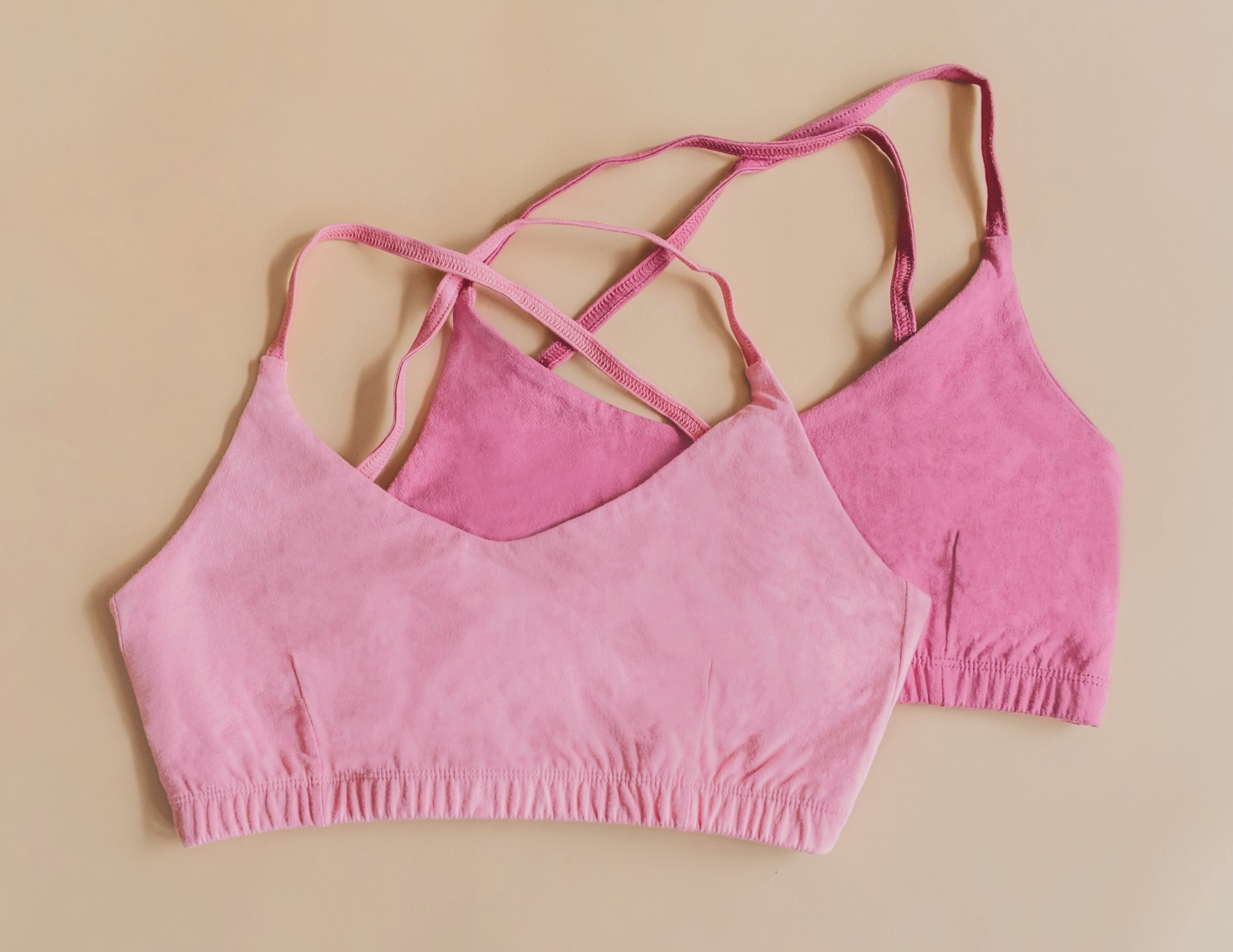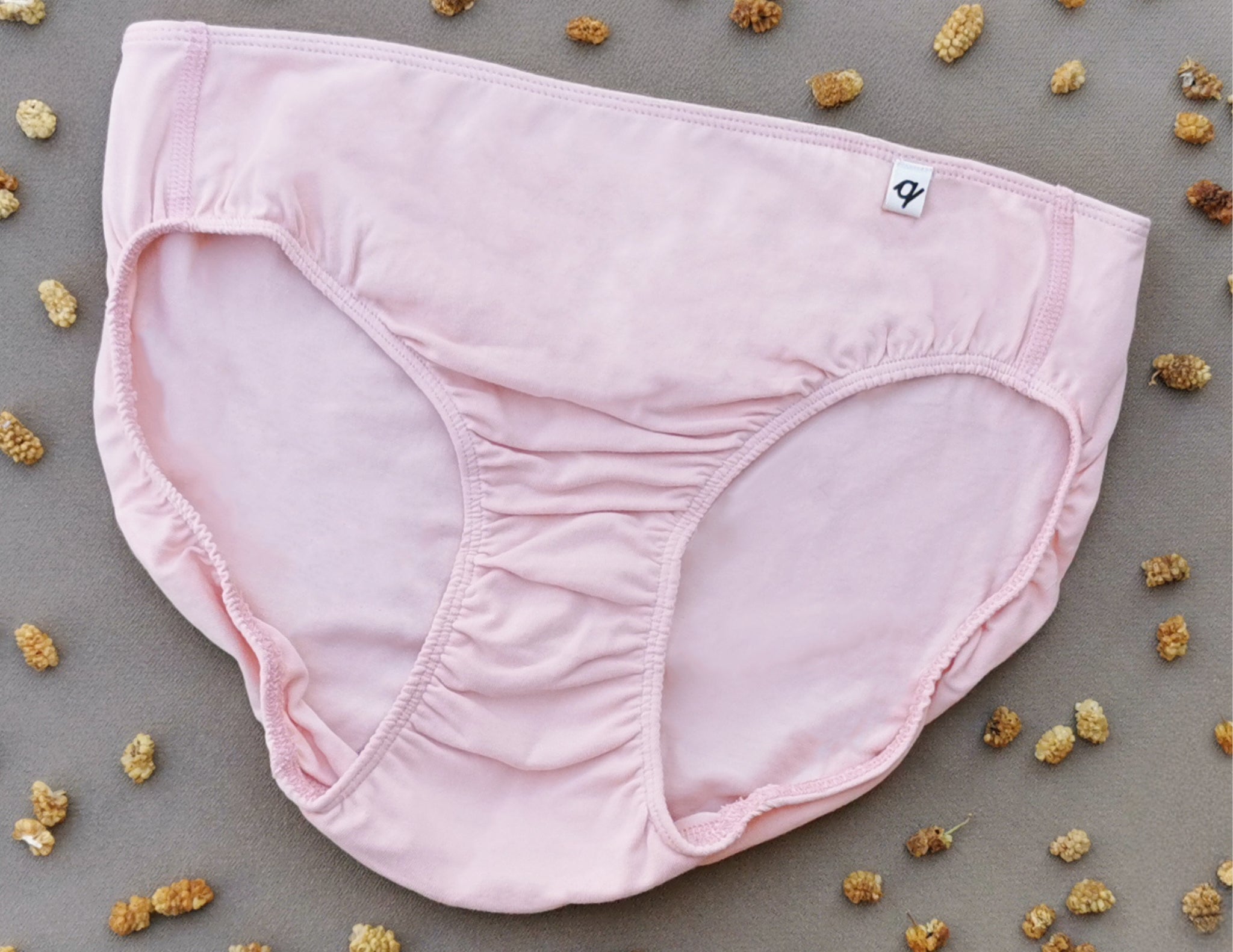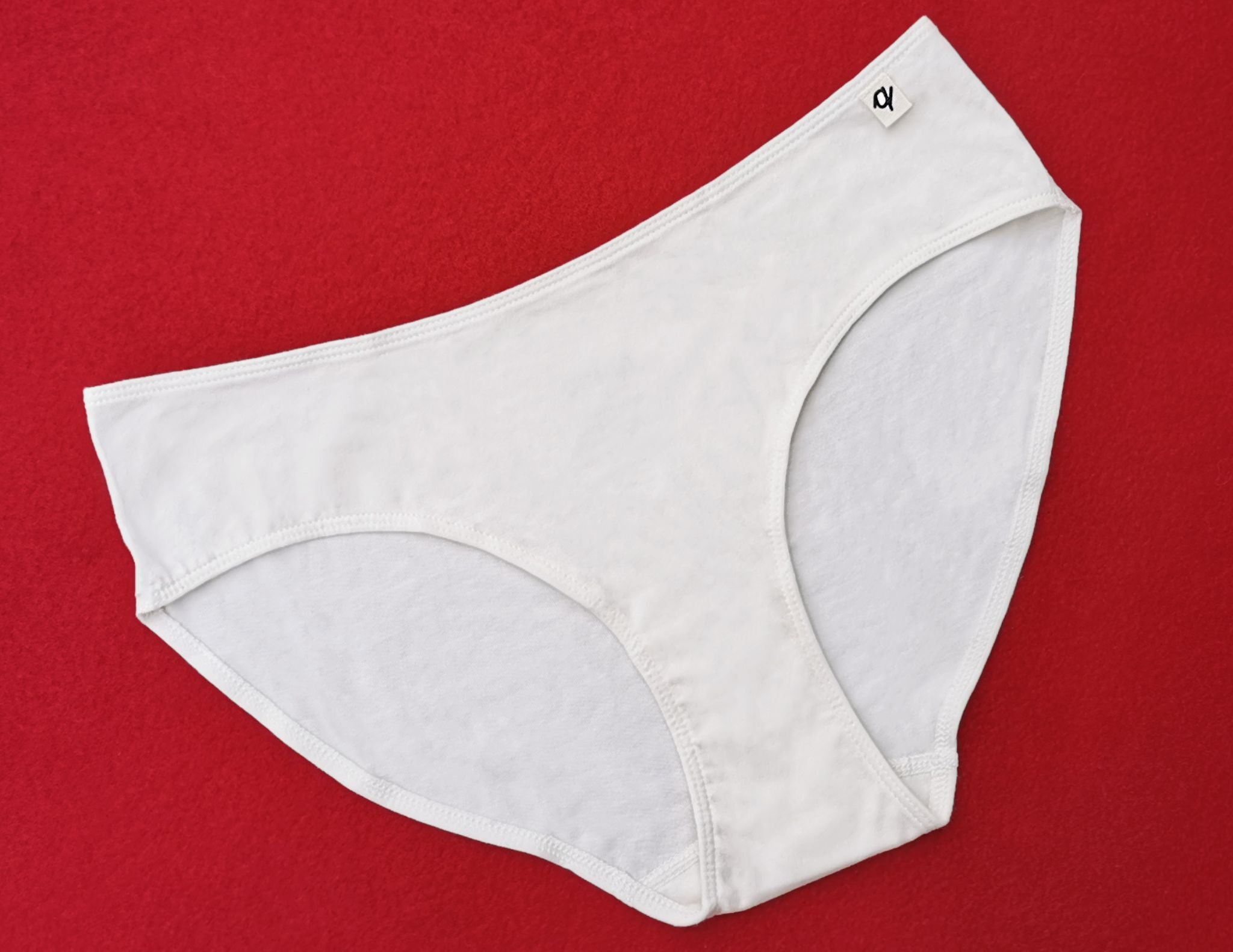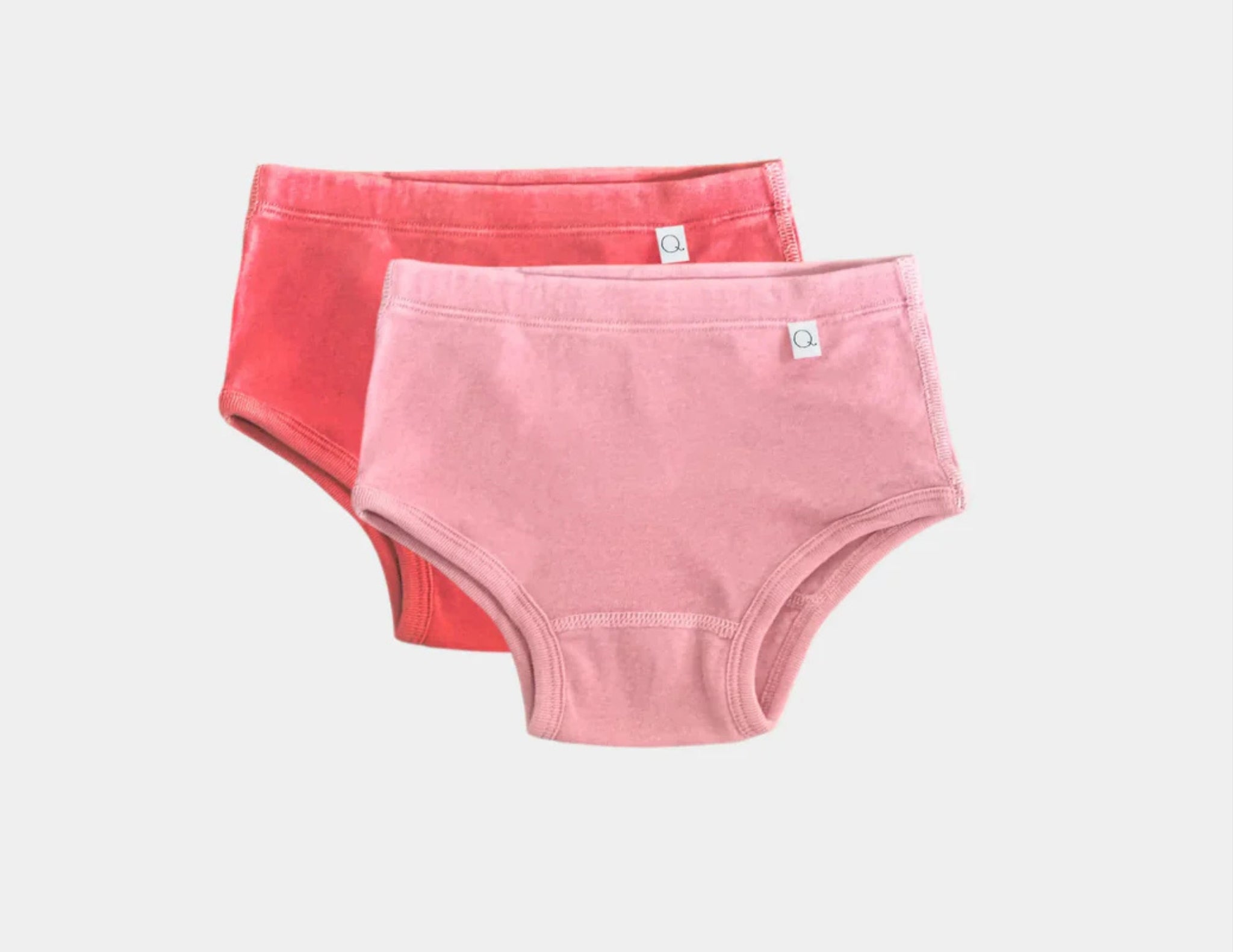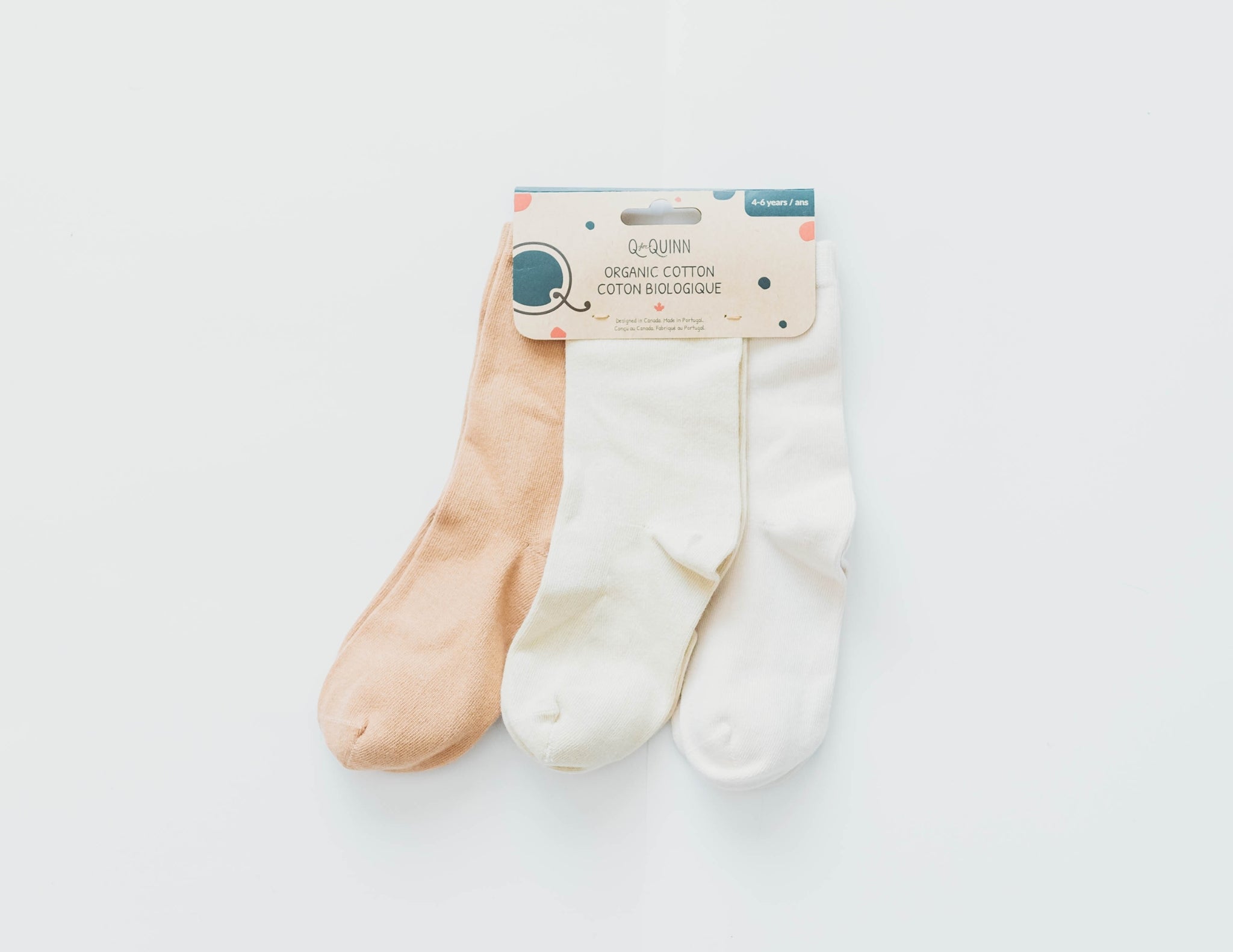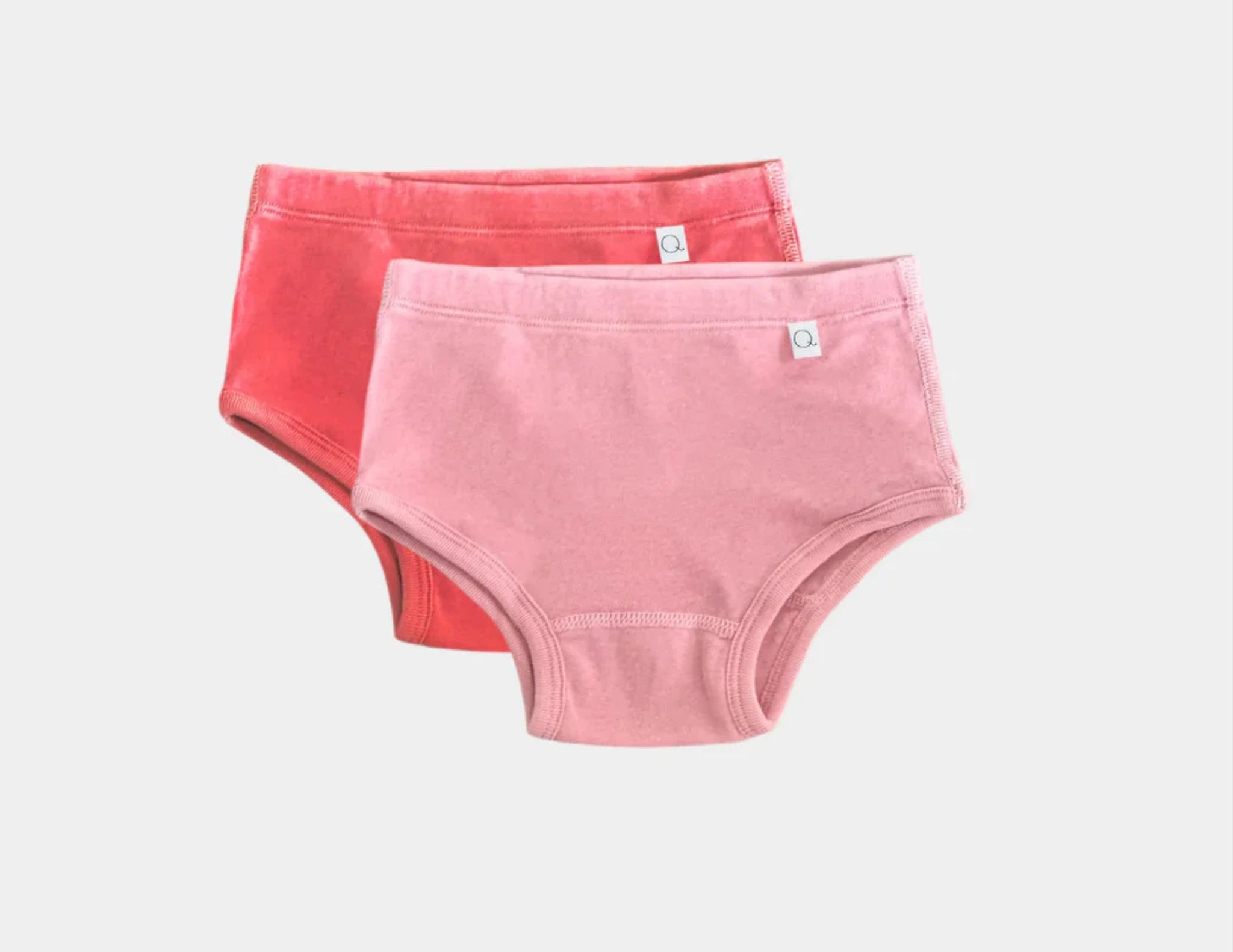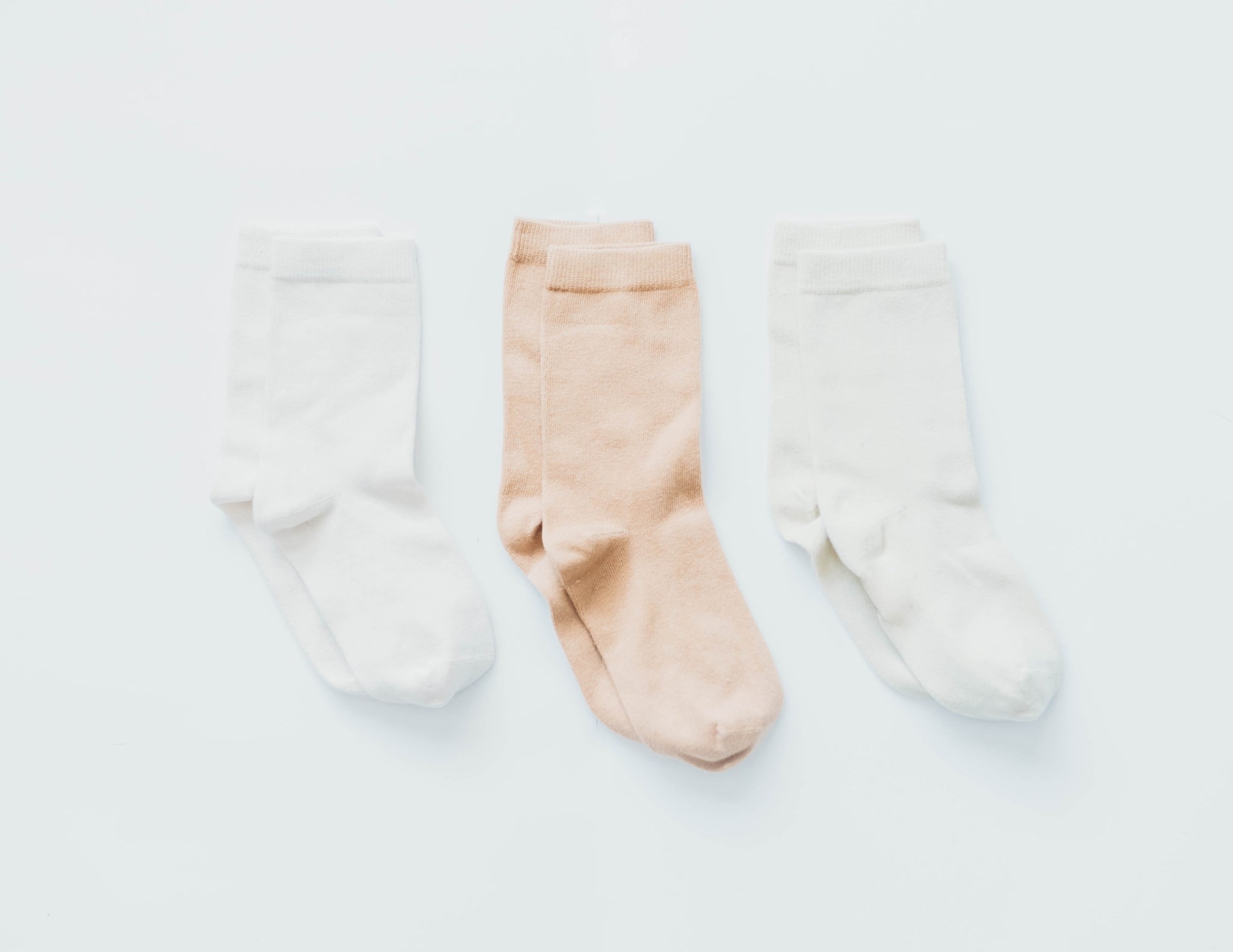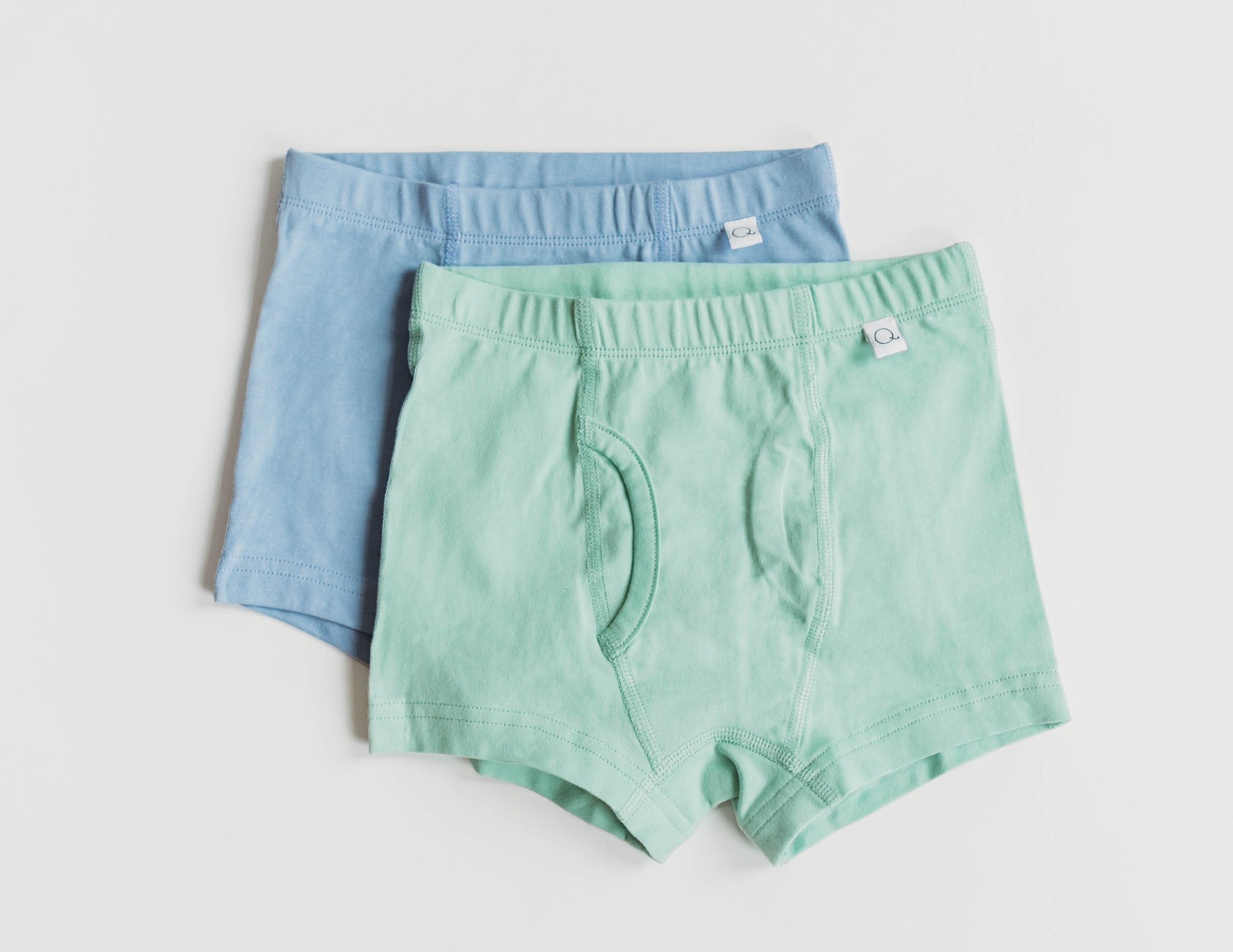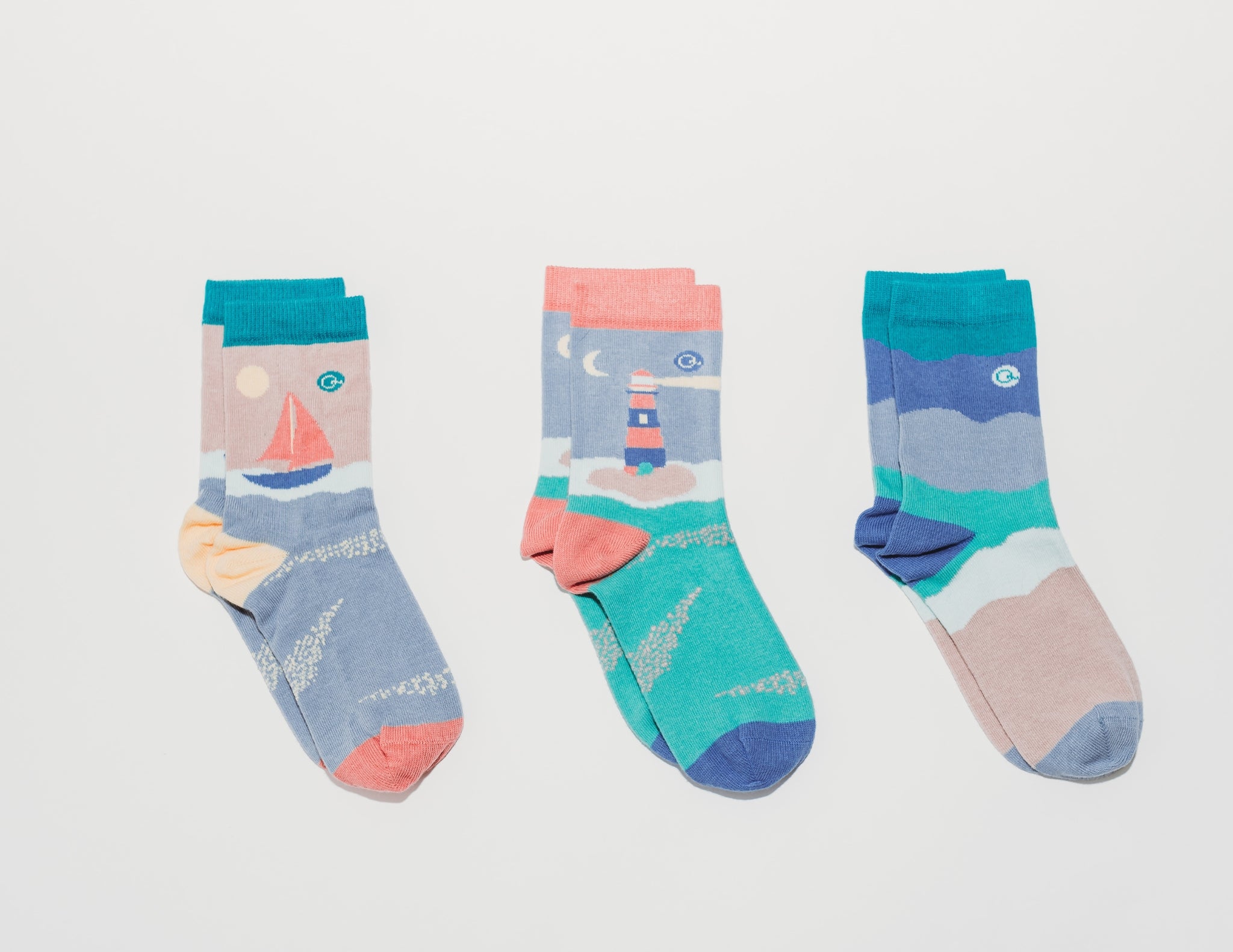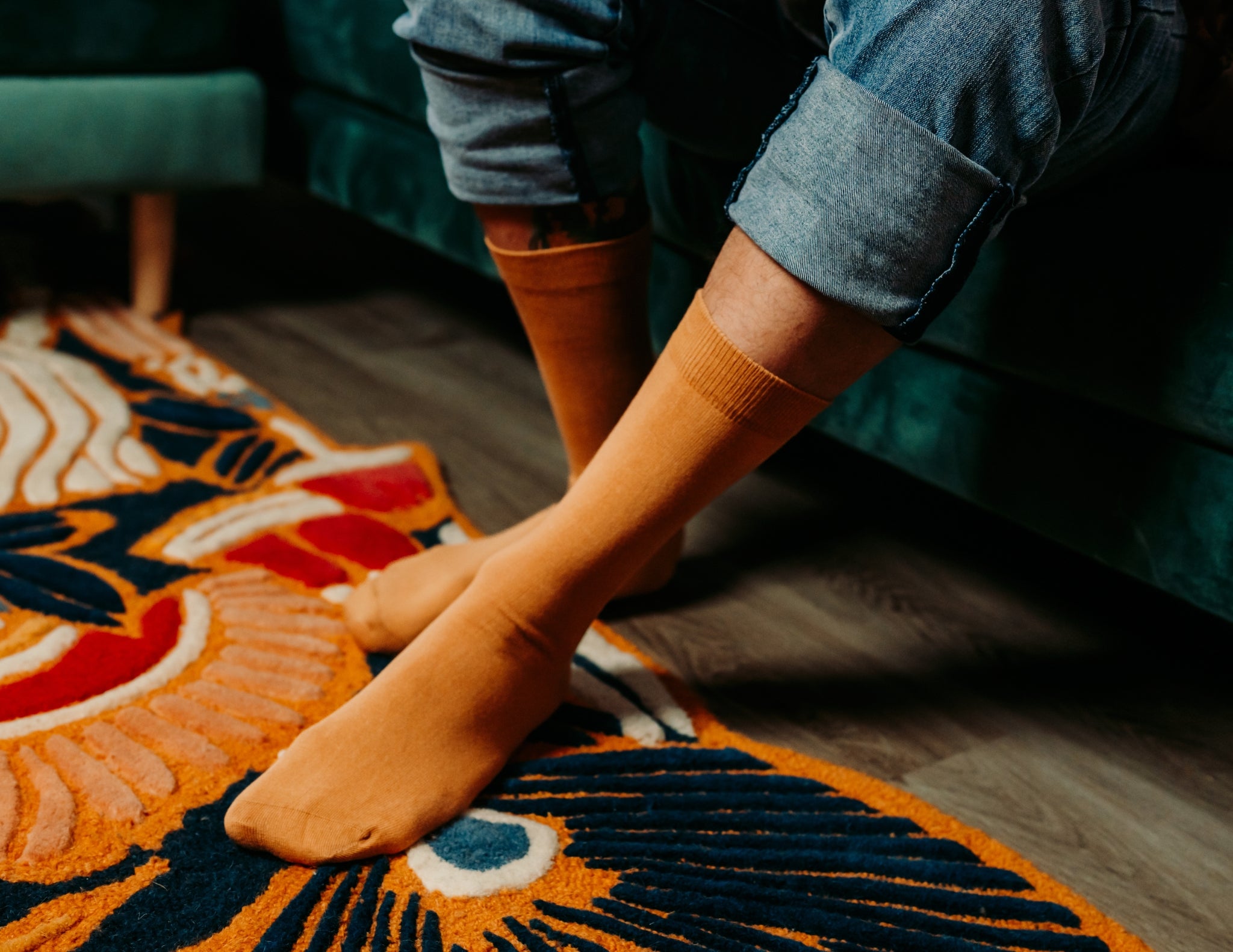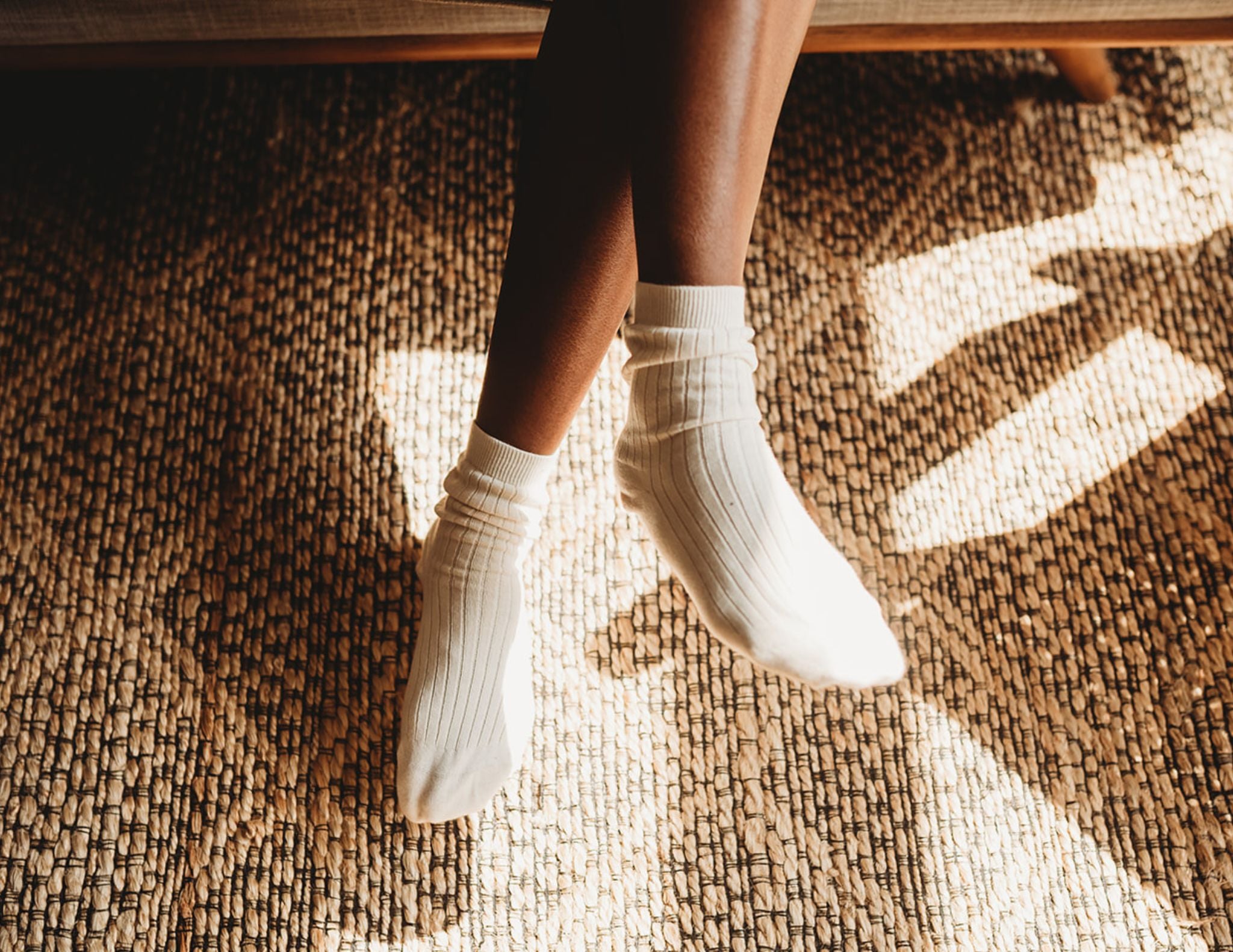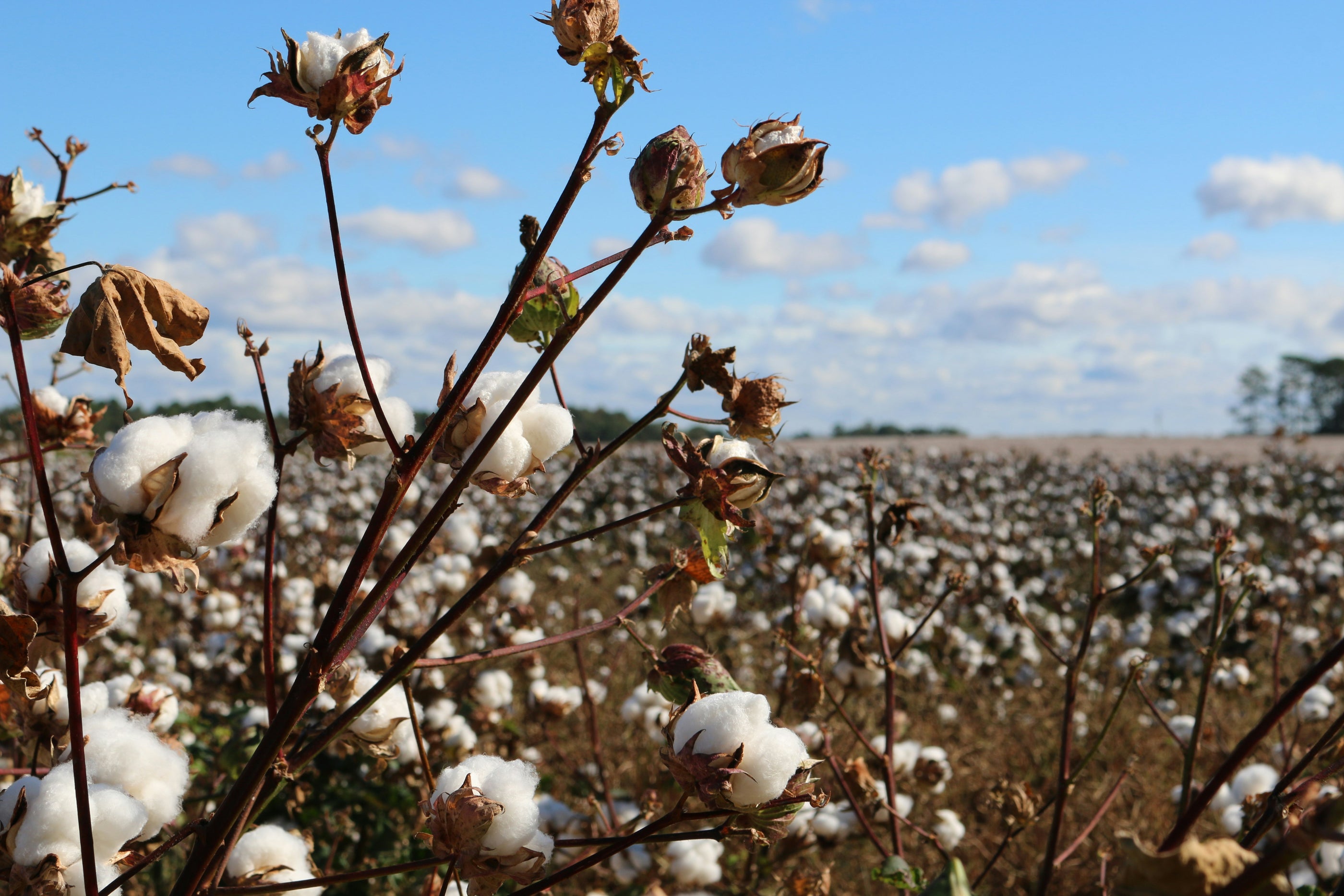
All About the Different Types of Cotton: Full Guide
Cotton stands as one of the world's most versatile and widely used natural fibers. Cotton is used for different clothing, bedding, or other textile products; understanding the different types of cotton can help you make informed choices about quality, comfort, and sustainability. Our article explores the different types of cotton and production methods to help you navigate in the market.
What is Cotton Fiber: Qualities and Features of Cotton
Cotton is a natural fiber that grows around the seeds of cotton plants, members of the genus Gossypium. The fiber consists primarily of cellulose, making it breathable, absorbent, and comfortable against the skin.
Dating back over 7,000 years, cotton cultivation began independently in both the Old and New Worlds. Ancient civilizations in India, Egypt, Mexico, and Peru all developed cotton farming techniques. Today, cotton represents more than 20% of global fiber production, with major growing regions including the United States, India, China, Brazil, and Pakistan.
Cotton has several key characteristics:
- Breathability: Allows air circulation, keeping the body cool
- Absorbency: Can absorb up to 27 times its weight in water
- Softness: Provides comfort against the skin
- Durability: Withstands repeated washing and wear
- Versatility: Can be woven or knitted into various fabric types
- Hypoallergenic properties: Generally well-tolerated by sensitive skin
- Biodegradability: Decomposes naturally at the end of its lifecycle
The Two Ways Cotton Is Classified
Cotton is typically categorized in two ways:
- By Fiber Type/Plant Variety: This classification focuses on the botanical variety and staple length (the length of individual cotton fibers). Examples include Egyptian, Pima, and Upland cotton.
- By Production Method/Farming Practice: This grouping considers how the cotton is grown and processed. Categories include organic, conventional, and recycled cotton.
You need to understand that both classifications are used to make a choice.
The Most Common Cotton Varieties
Cotton varieties differ primarily in staple length, which affects softness, durability, and price. Here are the main cotton types based on fiber characteristics:
Upland Cotton
- Staple Length: Short to medium (under 1.125 inches)
- Global Production: Approximately 90% of world cotton production
- Characteristics: Versatile but less luxurious than longer-staple varieties
- Common Uses: Everyday clothing, denim, flannel, and most cotton products.
Upland cotton (Gossypium hirsutum) dominates global production due to its adaptability and yield. While not as fine as premium varieties, it offers good value and versatility.
Egyptian Cotton
- Staple Length: Long to extra-long (1.25-2.0 inches)
- Characteristics: Exceptionally soft, lustrous, and strong
- Common Uses: Luxury bed linens, high-end towels, premium apparel
Grown in Egypt's Nile River Valley, authentic Egyptian cotton benefits from ideal growing conditions that produce superior fibers. The ELS (Extra-Long Staple) variety is particularly prized for its silky feel and durability. Look for the Cotton Egypt Association certification to ensure authenticity.
Pima Cotton
- Staple Length: Extra-long (1.4-2.0 inches)
- Characteristics: Extremely soft, resistant to fading, pilling, and tearing
- Common Uses: Premium clothing, luxury sheets, fine towels
Pima cotton, named after the Pima Native Americans who helped cultivate it, is grown primarily in the southwestern United States. Its extra-long fibers create exceptionally smooth and durable fabrics.
Supima Cotton
- Staple Length: Extra-long (1.4-2.0 inches)
- Characteristics: Similar to Pima but with trademark certification
- Common Uses: High-end fashion, premium bedding, quality towels
Supima is not a separate variety but a trademarked name for American-grown Pima cotton. The Supima Association certifies that products meet strict quality standards, ensuring consumers receive genuine extra-long staple cotton.
Sea Island Cotton
- Staple Length: Extra-long (up to 2.5 inches)
- Characteristics: Extremely rare, incredibly soft, silky luster
- Common Uses: Ultra-luxury apparel, exclusive bedding
Representing less than 0.0004% of global cotton production, Sea Island cotton is among the world's rarest and most expensive cotton types. Originally grown in the Caribbean, it's now cultivated in limited quantities in the West Indies, particularly Barbados and Jamaica.
If you're interested in learning more about how cotton compares to other materials—and how it affects your health and comfort—explore these helpful guides:
Cotton Types Based on How It's Grown or Processed
Beyond plant variety, cotton is also classified by production methods, which significantly impact environmental footprint and chemical exposure.
Virgin Cotton
Virgin cotton refers to newly produced cotton fiber that hasn't been previously used or recycled. This category includes both conventional and organic cotton, simply indicating it's being used for the first time.
Organic Cotton
Certification: GOTS (Global Organic Textile Standard), OCS (Organic Content Standard)
Characteristics: Grown without synthetic pesticides, fertilizers, or GMO seeds
Environmental Impact: Reduces water pollution, promotes biodiversity, improves soil health
Organic cotton farming prohibits the use of toxic chemicals, creating safer working conditions for farmers and reducing environmental contamination. If we compare organic cotton and regular cotton, we will see that:
- Uses up to 91% less water and reduces the potential for soil erosion by up to 26%.
- Produces 46% less CO₂ emissions
- Promotes biodiversity and soil regeneration
- Avoids all harmful agrochemicals
This is why organic cotton is widely considered the best fabric for underwear, sensitive skin, and everyday essentials. If you're looking for soft, safe, and chemical-free options, check out our 100% organic cotton collections:
- Women's organic cotton underwear
- Underwear for sensitive skin
- Natural plant-dyed underwear
- Plus-size organic cotton panties
- Organic cotton bras and bralettes
- Tween underwear
- Organic cotton underwear for toddlers and kids
- Organic cotton underwear for men
- Organic cotton women bikini underwear
Another important point about organic cotton is how to identify 100% organic cotton. First of all, you need to check for trusted certifications like GOTS, Oeko-Tex, OCS, or USDA Organic on the product label or tag. The presence of these logos confirms the fiber is organically grown and processed according to strict environmental and social standards.
Note: A product labeled “100% cotton” doesn’t mean it’s organic — it simply means no synthetic fibers are blended in. Only third-party certification ensures true organic status.
Check our expert articles about eco-friendly and organic choices.
- What is does it mean for a product to be GOTS certified?
- What Is Oeko-Tex Certified? Everything You Need to Know
- Why Choose the GOTS Standard?
- What are Azo-Free Dyes?
- Why Choose Plant Based Dyes (The Healthy Choice for Textiles)
- BPA in Clothing - What can you do to reduce exposure?
Better Cotton
- Certification: Better Cotton Initiative (BCI)
- Characteristics: Focuses on improving conventional cotton farming practices
- Approach: Trains farmers in water efficiency, soil health, and reduced chemical use
The Better Cotton Initiative works with farmers to implement more sustainable practices while not requiring full organic certification. This "middle ground" approach aims to improve conventional cotton production on a large scale.
Regenerative Cotton
- Focus: Soil health, carbon sequestration, ecosystem restoration
- Practices: Cover cropping, no-till farming, rotational grazing
- Benefits: Carbon capture, increased biodiversity, improved water cycles
Regenerative cotton farming goes beyond sustainability to actively restore ecosystems. These practices aim to rebuild soil organic matter and restore degraded soil biodiversity, resulting in carbon drawdown and improved water cycles.
Recycled Cotton
- Sources: Post-industrial waste (factory scraps) or post-consumer waste (used garments)
- Environmental Benefits: Reduces landfill waste, saves water and energy
- Limitations: Often blended with virgin fibers for strength
Recycled cotton helps divert textile waste from landfills while reducing the resources needed for new cotton production. According to research, using recycled cotton can reduce water usage by up to 20,000 liters per kilogram compared to virgin cotton.
Cotton Fabric Certifications Available
When shopping for cotton products, look for these certifications to verify claims:
- GOTS (Global Organic Textile Standard): Certifies organic status from field to finished product
- OCS (Organic Content Standard): Verifies organic content percentage
- OEKO-TEX Standard 100: Tests for harmful substances in textiles
- Better Cotton Initiative: Indicates improved farming practices
- Fair Trade Certified: Ensures fair wages and working conditions
- USDA Organic: Certifies organic growing practices in the US
- Regenerative Organic Certified: Verifies regenerative farming practices
How to Choose the Right Cotton Type
Selecting the appropriate cotton type depends on your specific needs:
For soft bedding: Egyptian and Pima cotton excel in softness and luxury. For a balance of comfort and sustainability, organic cotton sateen offers excellent softness with environmental benefits.
For eco-conscious buyers: Organic cotton provides the best combination of environmental responsibility and consistent quality. While recycled cotton has a lower environmental impact, its quality can vary depending on the recycling process and source materials.
For everyday clothes: Upland cotton works well for basics, but organic cotton blends offer improved comfort and reduced environmental impact for items like t-shirts and underwear.
For durability: Look for organic cotton twill or denim for workwear and everyday staples like jeans. The tight weave provides strength while the organic production reduces environmental impact.
For summer wear: Lightweight cotton fabrics such as voile, cambric, and muslin provide excellent breathability. When made from organic cotton, these fabrics offer enhanced comfort for hot weather and are gentler on sensitive skin.
FAQs About Cotton Types
Is Egyptian cotton really better?
Egyptian cotton's extra-long staple fibers create exceptionally soft, strong fabrics that improve with washing. However, many products labeled "Egyptian cotton" may contain blends or lower-quality cotton. Look for certification from the Cotton Egypt Association to ensure authenticity.
What's the difference between organic and Better Cotton?
Organic cotton prohibits all synthetic chemicals and GMO seeds, while Better Cotton focuses on reducing (not eliminating) chemical use and improving conventional farming practices. Organic has stricter standards but Better Cotton reaches more farmers globally.
Which type of cotton fabric is best?
The "best" cotton fabric depends on your needs. For luxury and softness, Egyptian or Pima cotton excel. For sustainability, organic or recycled cotton are preferable. For everyday durability at a reasonable price, standard upland cotton works well.
What's the highest quality cotton?
Sea Island cotton is generally considered the highest quality due to its exceptional length, fineness, and strength. Its extreme rarity makes it very expensive, with Egyptian and Pima cotton serving as more accessible premium alternatives.
What type of cotton is 100% cotton?
"100% cotton" refers to fiber content rather than cotton type. Any cotton variety—Egyptian, Pima, upland, organic, etc.—can be labeled 100% cotton if no other fibers are blended in. The label indicates purity, not quality or variety.
Can recycled cotton be high quality?
Recycled cotton quality varies based on the source material and recycling process. Post-industrial waste typically yields higher quality than post-consumer waste. Recycled cotton is often blended with virgin cotton to improve strength and consistency.
What type of cotton is best for baby clothes?
Organic cotton is ideal for baby clothes as it eliminates exposure to potentially harmful chemicals. Its softness and hypoallergenic properties make it gentle on sensitive skin, while its breathability helps regulate body temperature.
How do I recognize different cotton fabrics?
Cotton varieties aren't easily distinguished by appearance alone. Check product labels and certifications, and research brand claims. Premium cottons typically feel softer and more substantial, but the most reliable indicator is proper labeling from reputable manufacturers.







